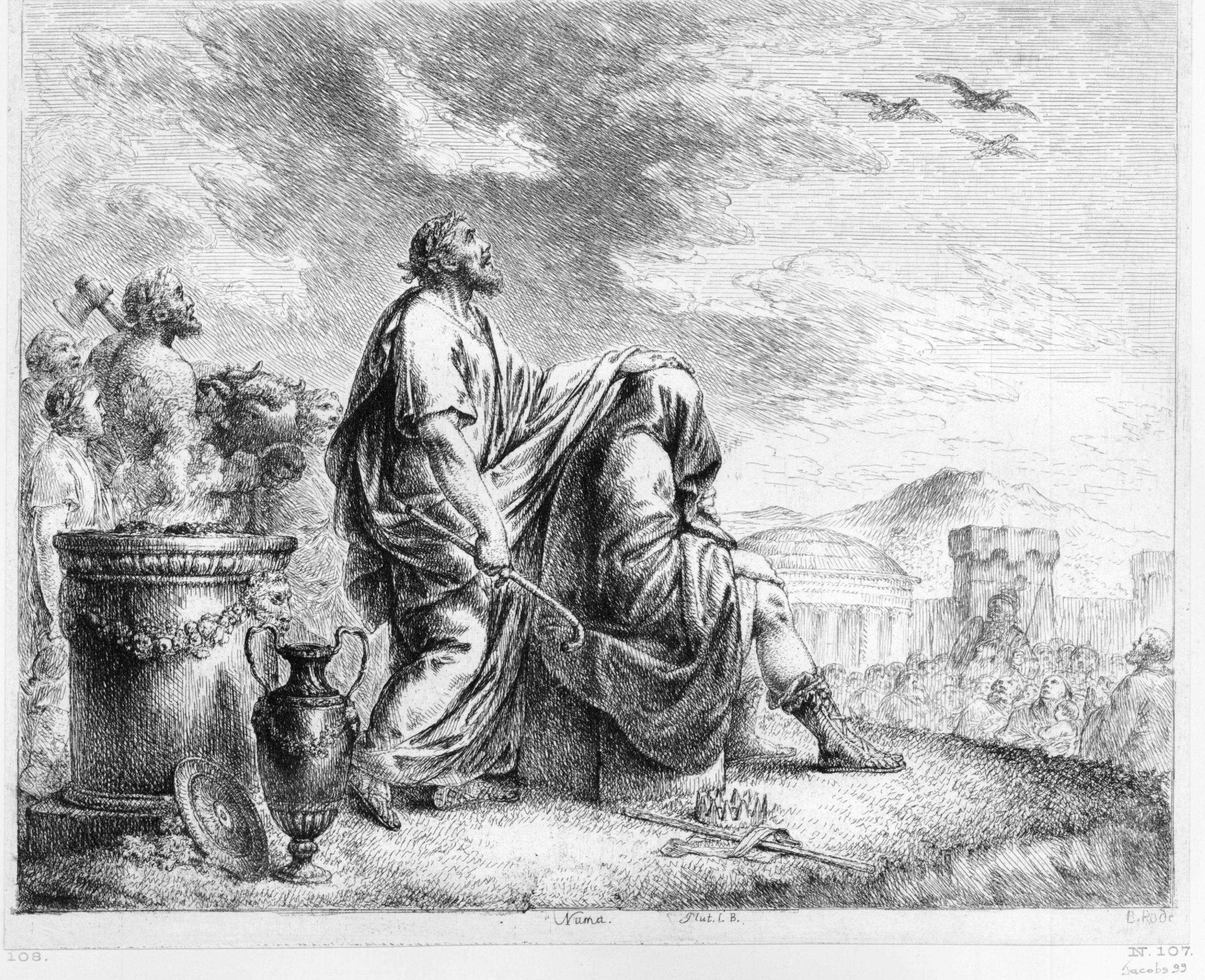In dark and uncertain times such as these, it’s easy to wish you could see into the future. You might easily turn to fortune-telling practices to try and navigate the potentially choppy waters ahead.
The idea of divination as a whole lies beyond the scope of this post. It’s not just fortune-telling, it’s more a way to gain insight into a problem or situation. The word ‘divination’ derives from two Latin words: ‘divinus’, which means divine, and ‘divinare’, which means being inspired by a god to foresee the future.

I’m not entirely sure that there’s much of a difference between divination and fortune-telling. Fortune-telling seems more general, as in someone looks at my palm or reads tea leaves and tells me what they see. Whereas divination answers specific questions.
We’ve already looked at fortune-telling using cards (cartomancy), through both tarot cards and playing cards. Other popular forms of divination include dice, runes, and the I-Ching.
It’s a huge topic, so I’ve had to narrow things down. We’ll be looking at animal behaviours, body parts, random acts of chance, and shape-spotting. Hit play to listen to the podcast episode, or keep reading!
Telling Fortunes with Animals
Divining the future with animal behaviours is an ancient practice. Perhaps one of the most famous is that of augury, or divination by watching birds.
The diviner, called an augur, watched the birds and made interpretations based on their behaviour. It became known as “taking the auspices”, which is where we get the word ‘auspicious’.

According to legend, Romulus and Remus used augury to decide where to build Rome. Romulus chose the Palatine Hill, and Remus the Aventine Hill. Romulus saw twelve vultures and Remus only six which settled the debate.
Augurs didn’t just look at any birds.
One group of birds dictated omens by their singing, and the other did so with their flight patterns. The movements and sounds meant different things depending on the time of year, and other factors.
Jeremy Mynott points out that the Greeks thought the birds flying on the right was a good omen, while the left was a bad omen. That said, “this prognosis would seem rather arbitrary since it depended very much on the way the observer happened to be facing at the time” (2019). The Romans thought it was the other way around, with the left being positive and the right being negative.
Particular birds held significance since Greek gods were often associated with birds. Zeus had the eagle, Apollo had the raven and falcon, and Athena had the owl. That said, herons and swallows also appear in myths as messages from the gods.

Other Animals
Birds also pop up in the practice of ornithomancy. We briefly touched on this in our discussion of strange Valentine’s Day practices. This one relies on the idea that the first bird you see will give you an answer to a question. In this case, the first bird a woman saw on Valentine’s Day told her what kind of man she’d marry.
The art of telling fortunes through chance encounters with animals is known as apantomancy. Be warned – if you want a fortune associated with a majestic animal like a wolf, don’t expect to see one in urban Rotherham.
Observing rodent behaviour is called myomancy, which we looked at in our exploration of rats in folklore. Watching what cats do is felidomancy, but I think anyone familiar with cats knows they often do things that defy explanation.
Human Body Parts
Perhaps the most famous fortune-telling method involving a body part is that of palmistry, also known as chiromancy.
Palmistry involves reading the hand, including finger length, palm shape, and the lumps and bumps of the palm. Both hands are important because they tell the reader different things about the person. There’s more to it than simply looking at the lines.
This is where classic fortune-telling comes in. A person may ask a question and the reader looks for the answer. More generally, the reader tells the person what is already there.

No one really knows where it came from, although Aristotle does mention it in De Historia Animalium (History of Animals). To him, the lines of the palm had to mean something otherwise they wouldn’t be there.
It lost popularity during the Middle Ages, but the growth of occult practices in the 19th century saw people rediscover palmistry. One of its advantages is it requires absolutely no equipment and can be done anywhere.
Phrenology
The fortune-telling practice of phrenology became a pseudo-science in the 19th century. It was originally developed by German physician Franz Joseph Gall in 1796. Practitioners believed they could understand a person’s character by feeling the bumps of their skull. In their view, these bumps corresponded to parts of the brain.
Much as a skilled reader could see the path of your life in the lines of your palm, so a phrenologist could map out your life based on your bumpy skull. You had no control over this, and you were essentially beholden to whatever character your brain dictated.

As you can imagine, people misused phrenology to support deplorable racist behaviour. In 2018, neurologists tried to replicate phrenological principles. They found no correlation between bumps on the skull and personality traits. I highly doubt you’re surprised to hear that.
Physiognomy
Physiognomy treated the face in the same way. Developed by Cesare Lombroso in 1876, physiognomy claimed practitioners could spot criminals just by looking at them. Previously people thought criminals behaved as they did out of choice. Lombroso believed, much as phrenologists did, that they did so out of some kind of inherent criminal tendencies.

According to Lombroso, thieves had “small wandering eyes…distorted or squashed noses…and sloping foreheads” while rapists “nearly always have sparkling eyes, delicate features, and swollen lips and eyelids” (2010 [1876]: 220).
And like phrenology, white ‘thinkers’ exploited physiognomy to justify their hideous racist tendencies. Thankfully, it’s also been debunked as utter hogwash. However, this does just go to show how dangerous fortune-telling can be in the wrong hands.
Necromancy
It wasn’t just body parts that provided a means of foretelling the future. Speaking to spirits, usually through the figure of the corpse, is called necromancy. Many think necromancy involves the physical raising of the dead. I followed this misnomer in my Magic & Mayhem books, the first of which is a retelling of The Sorcerer’s Apprentice, only with bloodthirsty mummies instead of brooms. In actual fact, necromancy involves speaking to the dead to get their advice based on knowledge from the other side.
Random Acts of Chance
I’ve lumped several forms of fortune-telling together in this section because they all rely on an element of randomness. They’re also all things you can try yourself very easily.
The first is transataumancy, otherwise known as things accidentally seen or heard.
The next is cledonomancy, which is when overheard words answer a question. Maybe you’re in a shop and you’re wondering what to do about your job. Someone might walk past talking to a friend. Perhaps they tell their friend they should quit their job because it makes them so unhappy. What you overheard answers your question.
A related form of divination is clamancy, or those instances when you hear a random shout in a crowd. There’s no logical way that shout was an answer to something you thought or said, but it still gives you an answer.
You can also tell fortunes via things found on the road, or ‘symbolomancy’.
Ones To Try At Home
The next one is a particular favourite, and that’s shufflemancy. This involves using an iPod or a music player on your computer with a shuffle function. You can do this on your phone too if you have a folder full of music. Ask a question and hit shuffle. The lyrics of the first song that pops up is your answer.
Doing this with books is called bibliomancy. Choose a book you feel drawn to. Ask your question and let the book fall open. The first sentence you see is your answer.
You can also do this with the random article function on Wikipedia. This one can be strange though.
For example, I just thought the question, ‘How do I better advertise my copywriting services?’ and the random article is about the Sierra mock stonecrop plant.

Not sure how its “musty scent” or “threadlike stems” answer my question. But hey! It’s an option.
Shape-Spotting
Studying the shapes of things is a popular means of fortune-telling. You can study fire (pyromancy) or flames (lampadomancy). Meanwhile, spotting shapes in smoke is turifumy, while looking for patterns in the smoke or ash from burned incense is libanomancy.
Similar forms of fortune-telling involving looking at the shape of clouds (nephomancy) or dripping wax into water to see what shapes it forms (ceromancy).
Perhaps the most famous form of ‘shape spotting’ is reading tea leaves and coffee grounds, or tasseography. Tasseography started in ancient China and requires you to look at the patterns tea leaves make inside the cup.

Tasseography appeared in Europe after tea became popular in the 17th century. All you needed to do it was a cup, saucer, and tea, making it an easy type of fortune-telling to try. That said, you have to remember that tea was not cheap when it was first introduced so it wasn’t accessible in the way that palmistry or even playing cards were.
Some people think the drinker infuses the tea with their energy, much like shuffling a deck of cards ‘imprints’ their energy on the reading. It works best with loose tea because it gives better images. The tea in tea bags is too finely ground to make it much use.
Obviously, it goes without saying that you shouldn’t use a tea strainer or a teapot with an internal strainer because you want the leaves!
There’s an excellent guide at Tea Answers if you want to try for yourself.
What do we make of all of this fortune-telling?
All of these forms of fortune-telling and divination, plus the ones not mentioned, boil down to the same thing. People want to make sense of the world around them.
Kings once made decisions based on the flight path of birds, wishing to understand the wishes of the gods. Now, leaders follow the caprices of the stock market!
You may think it’s nonsense. After all, phrenology and physiognomy have been scientifically proven to have no basis in reality whatsoever. If they’re entirely wrong, then what faith can you put in the others?

Who’s to say that, being told the outcome of a particular tea leaf or palm reading, that a person wouldn’t make a different decision than they would otherwise have made? Simply by asking what the future might hold, the person leans in that direction, when their future may have lain elsewhere.
Yet this is what it boils down to – choice. Whether we know what the future holds or we don’t, it’s still up to us what we do with that information.
So choose wisely, friend.
Sign up below to get my guide to protecting your home with folklore!
References
Lombroso, Cesare (2010 [1876]), ‘The Criminal Man (L’uomo delinquente)’, in Stephen G. Tibbetts and Craig Hemmens (eds), Criminological Theory: A Text/Reader, London: SAGE, pp. 219-231.
Mynott, Jeremy (2019), ‘Birds in the Ancient World: Messengers of Omens and Auguries’, Ancient Origins, available here.
Nutty about folklore and want more?
Add your email below and get these posts in your inbox every week.
You'll also get my 5-step guide to protecting your home using folklore!








Have your say!